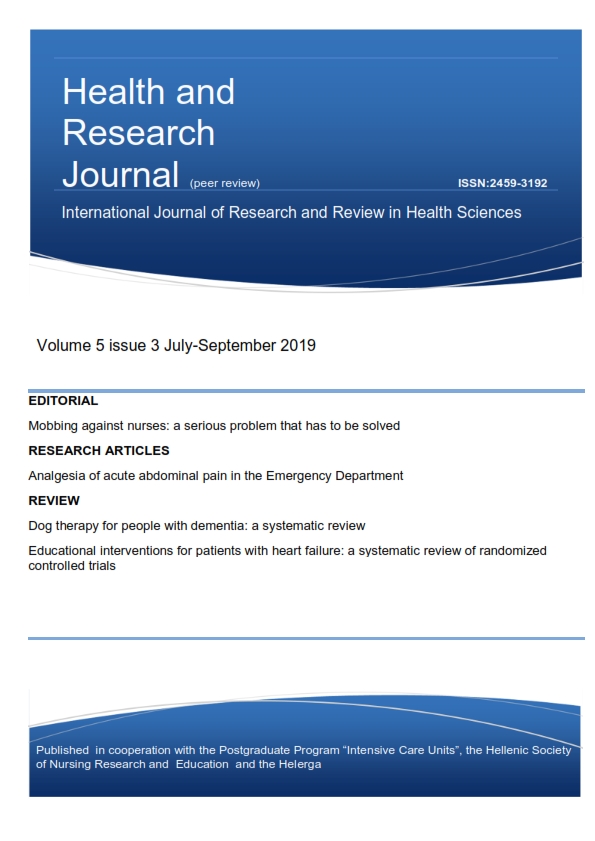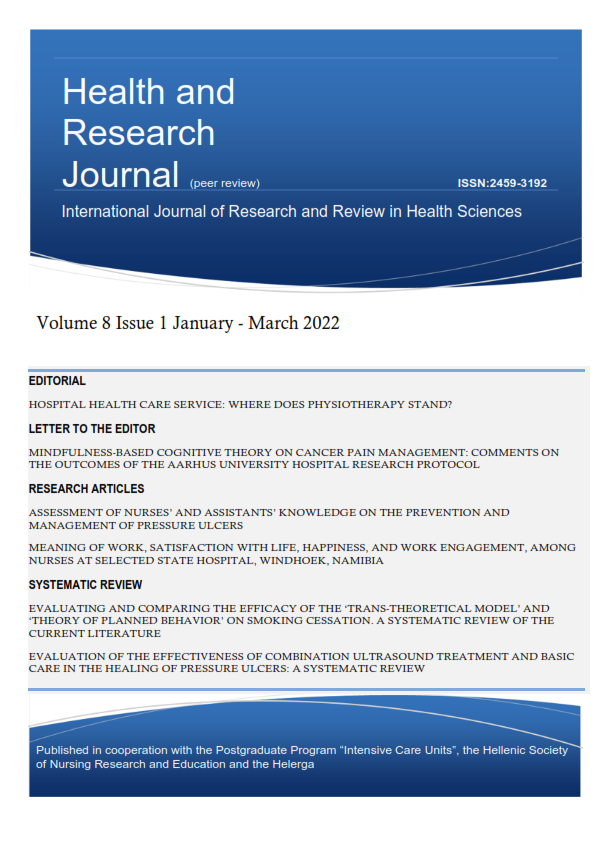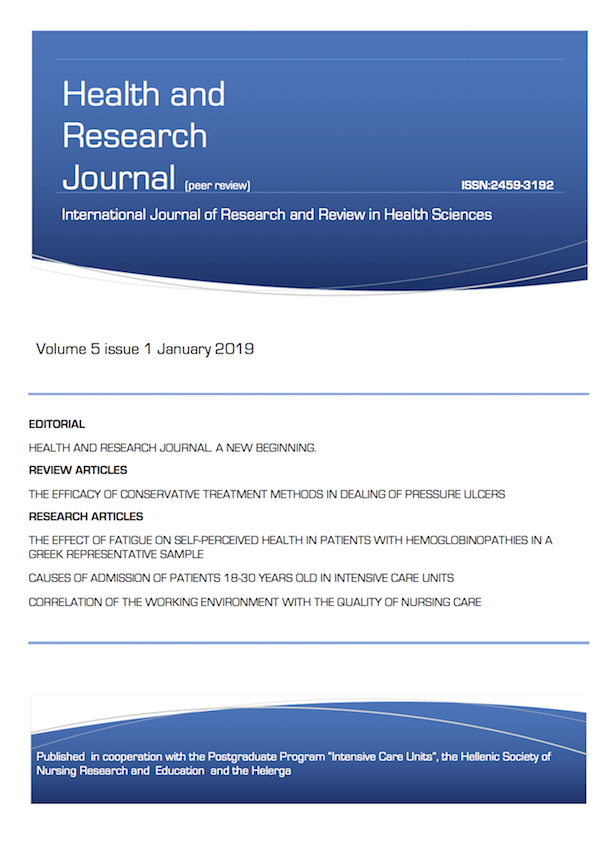Developing support networks for successful implementation of innovative education-al programmes: the case of “evidence-based practice in nursing” continuing education programme in Greece

Abstract
Developing and evaluating programmes of continuing education in nursing proved to be a challenging and yet a complex task. Nurse educators and evaluators confront a number of demanding issues regarding the development and implementation of continuing education programmes. Exploration of peers’ and stakeholders’ experience in programme development and evaluation appeared to be a valuable source of knowledge in the field. The aim of the present paper is to share the experience of planning and evaluating the stage of developing support networks during the implementation of an innovative continuing educational programme in nursing. Throughout the development and evaluation of different programme stages, several issues evolved that attracted programme planners’ attention. Development of support networks, group dynamics and communication appeared to be of critical importance for the successful implementation of continuing education programmes in nursing.
Article Details
- How to Cite
-
Fasoi, G., Kelesi, M., & Stavropoulou, A. (2020). Developing support networks for successful implementation of innovative education-al programmes: the case of “evidence-based practice in nursing” continuing education programme in Greece. Health & Research Journal, 6(4), 107–113. https://doi.org/10.12681/healthresj.25627
- Section
- Special Articles
Copyright notice:
The journal "Health and Research Journal" reserves the rights for copyright of the content of the website and also the copyright of the articles published.
By virtue of their appearance in this journal, the articles are free to be used for non-commercial purposes. However, the articles cannot and must not be used in anyway, published elsewhere or modified without any reference to the author and the first publication of the article.







